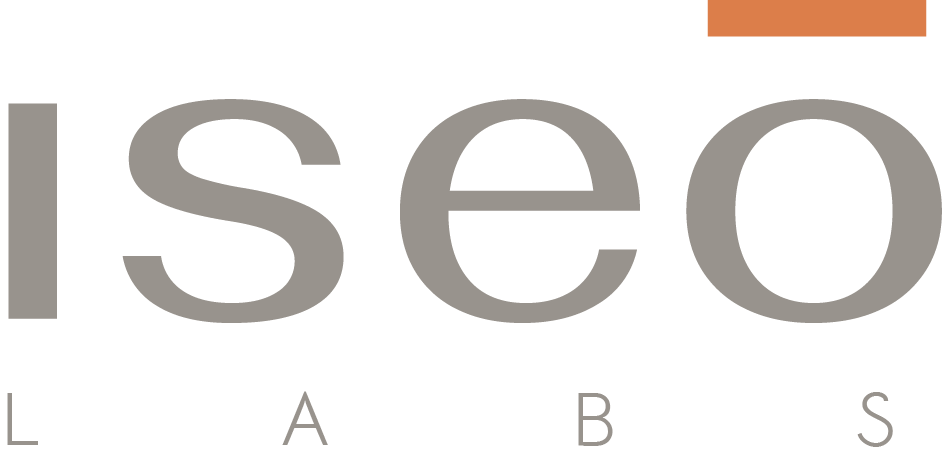
5 most burning questions about Enterprise Information Management
By Joachim Freitag, Partner IseoLabs
Q: What is enterprise information management (EIM)?
J.F: Enterprise Information Management (EIM) is a holistic approach to managing an organization's information assets, with the aim of improving efficiency, productivity, and compliance. It involves integration of multiple systems and processes to provide a comprehensive view of an organization's business critical content, from its creation to archiving.
At its core, EIM is about ensuring that the right people have access to the right business critical information at the right time, while also ensuring that the organization meets regulatory requirements and manages risk effectively.
The requirements for Enterprise Information Management vary depending on the industry, but all of them can undoubtedly benefit from EIM. For over 25 years, we have assisted a diverse range of companies, including those in the pharmaceutical, manufacturing, medical technology, telecommunications, retail and others. The newest term EIM originally evolving from archiving to DMS and ECM, is now one of the driving parts of the digital transformation agendas.
Discover what our clients have already accomplished in their industry.
Q: Why use enterprise information management?
J.F: Organizations use enterprise information management (EIM) to improve their ability to manage critical business information - faster, and better with less efforts and less costs.
By providing a view of an organization's business information, EIM enables to make better-informed decisions – who doesn't want to be able to find the right document within 1-minute across all applications; improve collaboration and enhance customer experiences. Additionally, EIM helps meeting regulatory requirements and manage risk effectively by ensuring that information is secure and accessible only to authorized individuals.
In one form or another every company already uses parts of EIM – for example, MS SharePoint and MS Teams are in use in many companies. Built-in DMS capabilities in core business applications can also be already present, archiving some data or documents connected to the core business application.
Choosing the right solution that meets your current needs is crucial, being integrable into the existing IT landscape, being scalable and fitting into the company`s business and IT strategy mid- and long-term.
Overall, EIM is essential for organizations that want to stay competitive in today's business environment. I have explained in detail the benefits of EIM in my other article.
Q: What does enterprise information management involve?
J.F.: Enterprise information management (EIM) involves the management of an organization's information throughout its lifecycle. This includes processes for capturing, storing, analysing, maintaining, and delivering information in a consistent and reliable manner.
EIM typically involves various technologies. It is crucial that all components of the solutions fit together and play the same game. It is important to consider that EIM projects often involve different suppliers or at least multiple experts in their area – DMS core, records management, archiving, capturing and OCR, integration with leading applications, tools allowing to share business critical information with external parties, tools generating and rendering documents – are different areas of expertise requiring a smooth orchestration of an EIM project.
IseoLabs has developed the Time2Run approach to ensure that all knowledge about the preliminary project phases' requirements and objectives is kept in view. We guarantee knowledge transfer by managing your EIM projects according to your specific needs.
Our approach is adaptable to changing market conditions, technological advancements, and the evolving needs of your company. You can learn more about our Time2Run approach here.
Q: How does an enterprise information management system work?
J.F.: An enterprise information management system works mainly through the integration of different technologies.
The system typically involves a central repository for storing and managing content (DMS core). Records Management tools are put in place to ensure that data is managed consistently and in compliance with regulatory requirements throughout its lifecycle. Integration tools are used to ensure that critical data and documents are synchronized across different business applications.
Overall, an effective enterprise information management system with the right solutions helps organizations to manage their information assets more efficiently and effectively, enabling them to stay competitive in today's business environment.
Recently we wrote an in-depth article about one of these solutions — SharePoint Information Architecture. Check here to see how it can help your company improve your digital workspace.
Q: Does enterprise information management have a future?
J.F.: Yes, enterprise information management (EIM) has a bright future as organizations continue to generate vast amounts of information represented in documents enriched with business context data. As technology continues to evolve and new challenges arise, EIM will continue to adapt and innovate to meet the changing needs of organizations, including the possibly of a transformation into another term like it happend with DMS and ECM.
You can learn more about future trends in Enterprise Information Management in our recent article.





